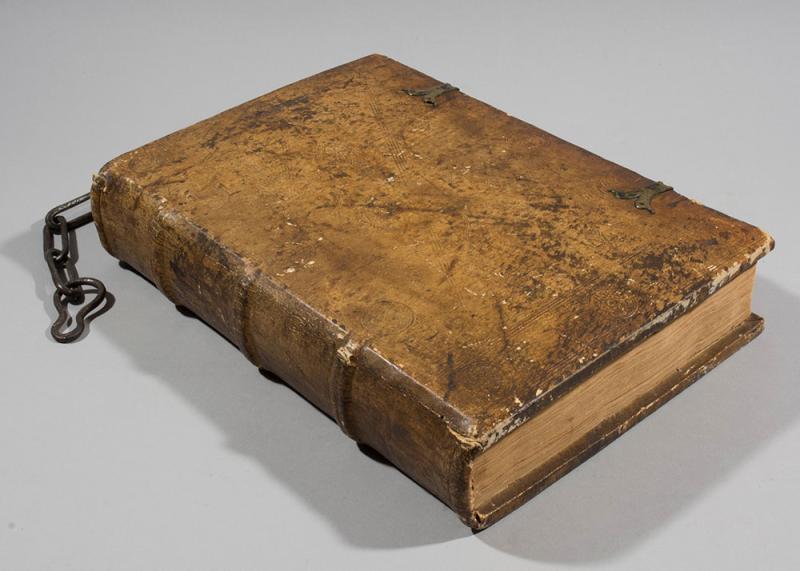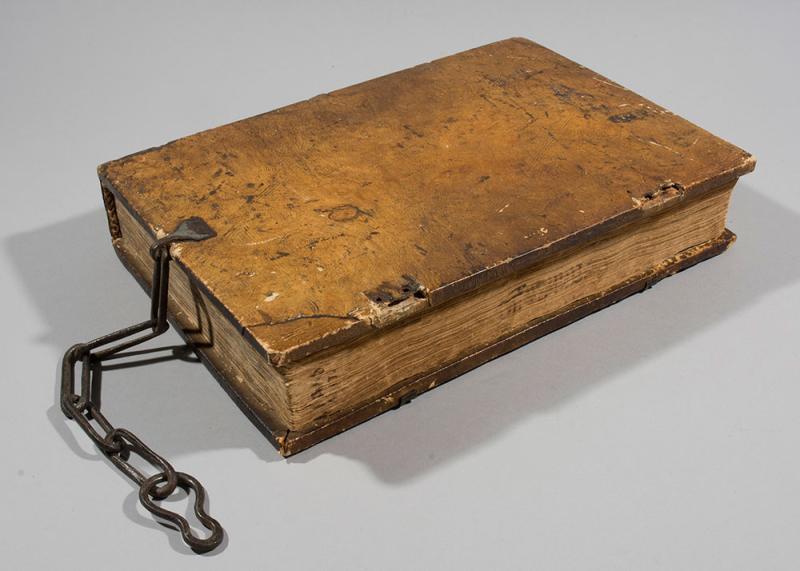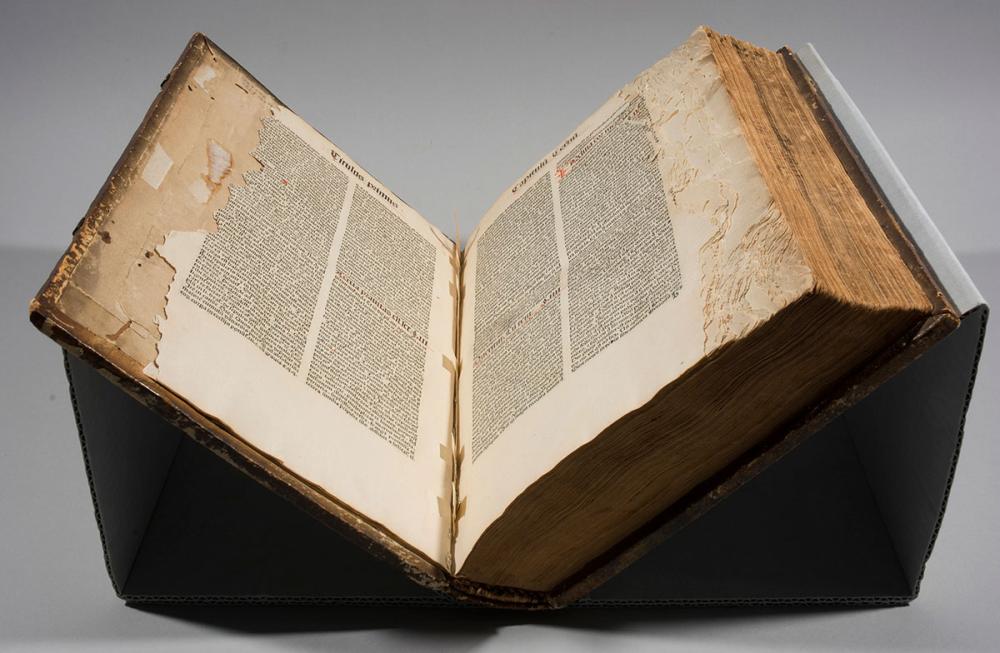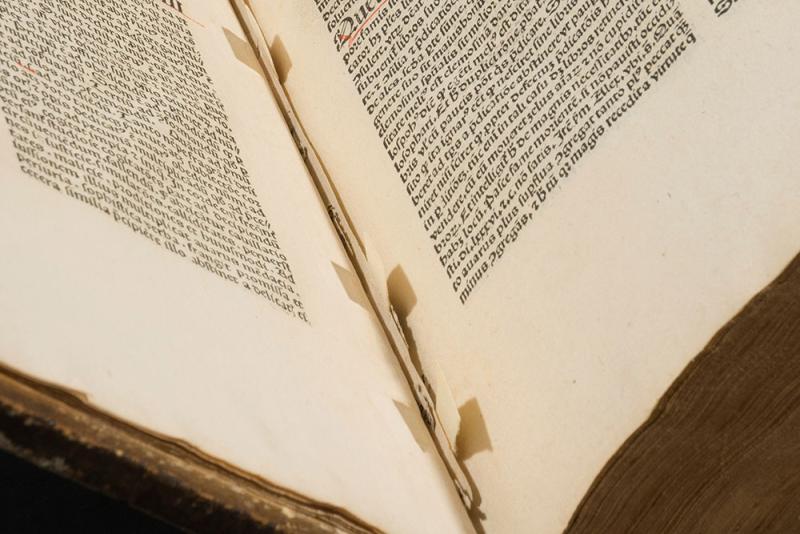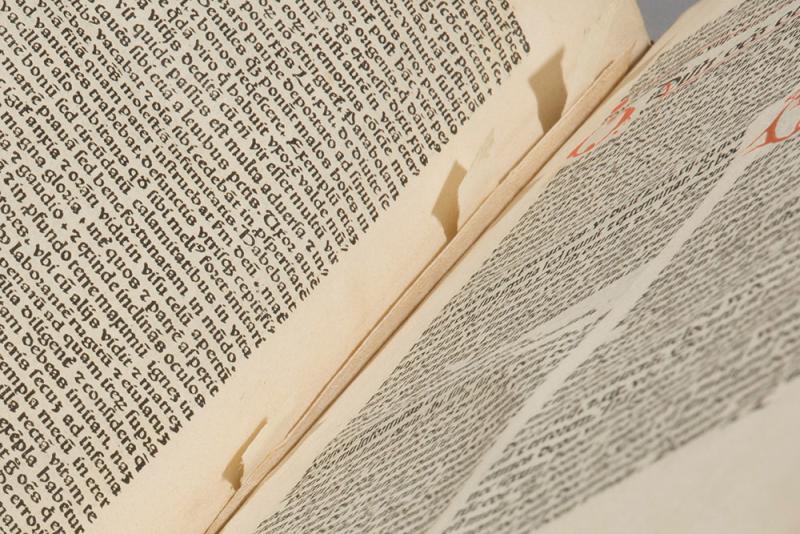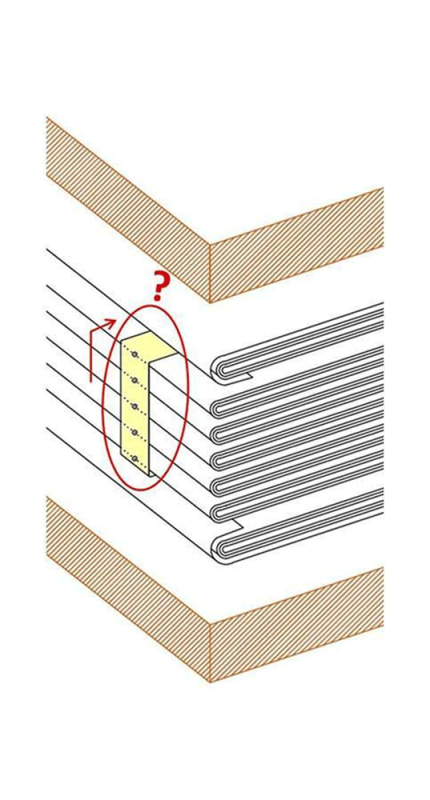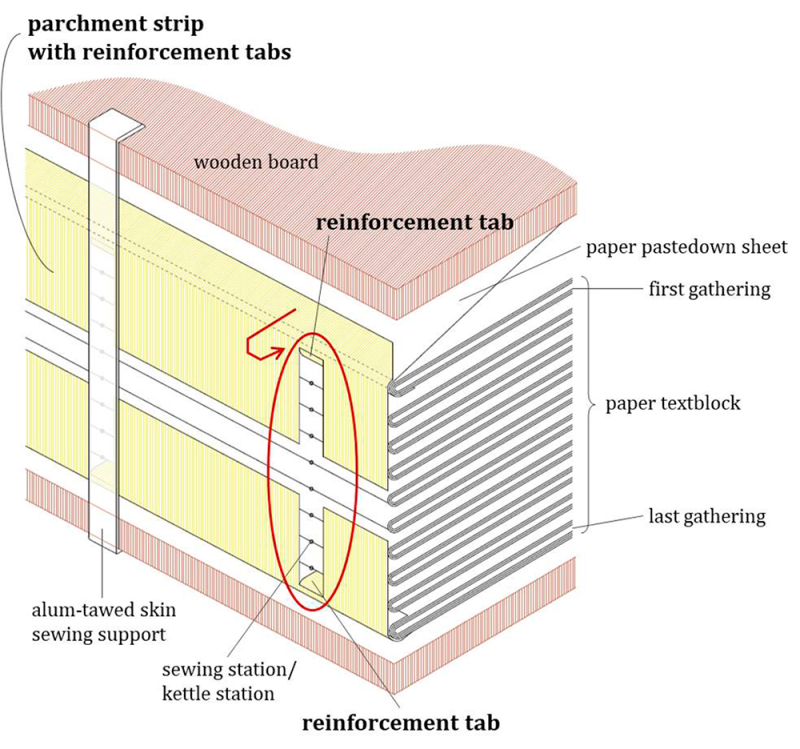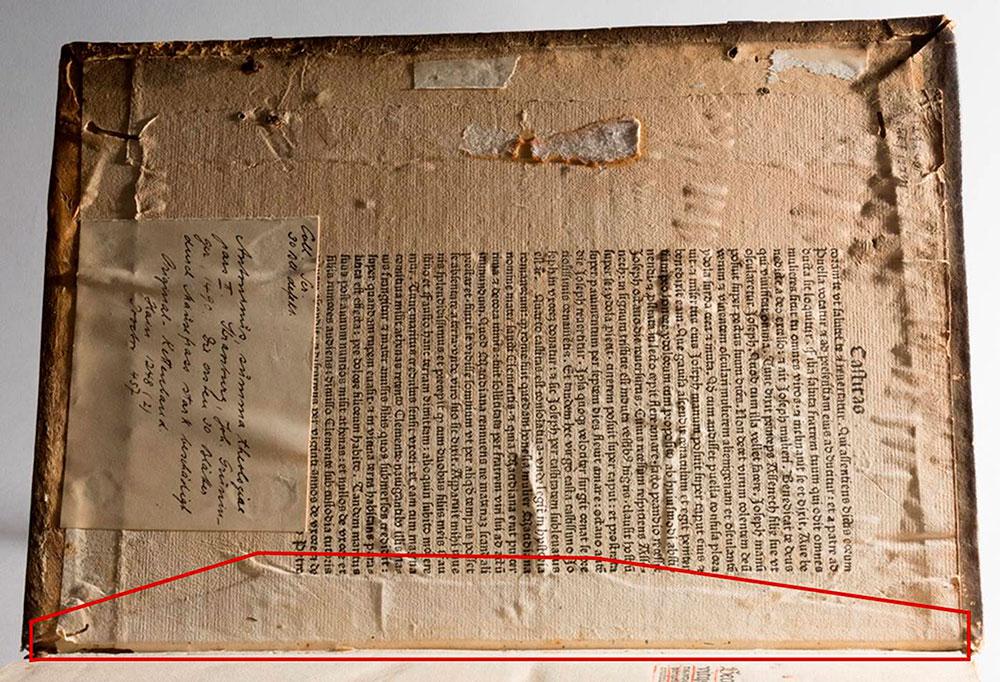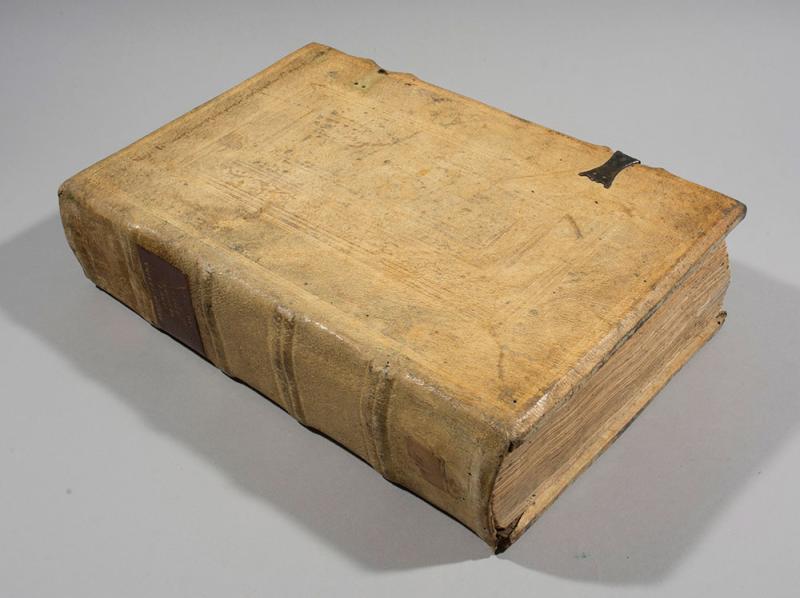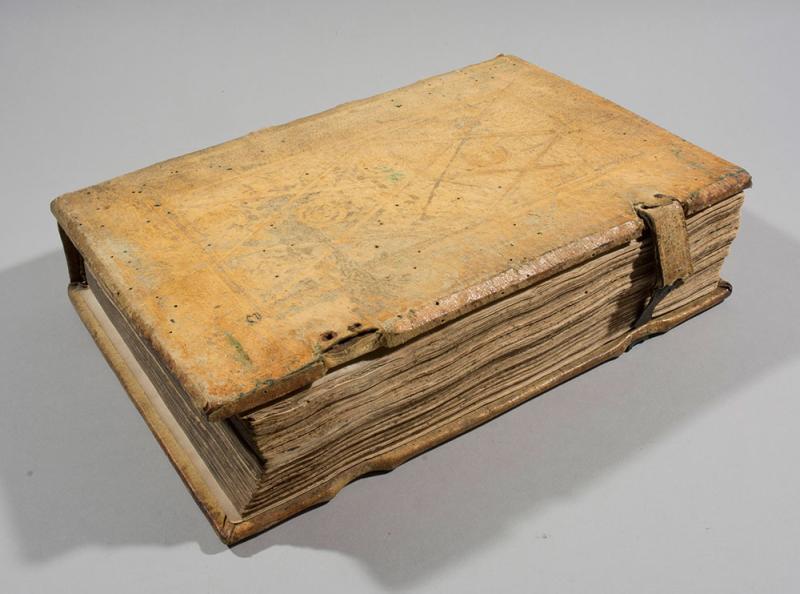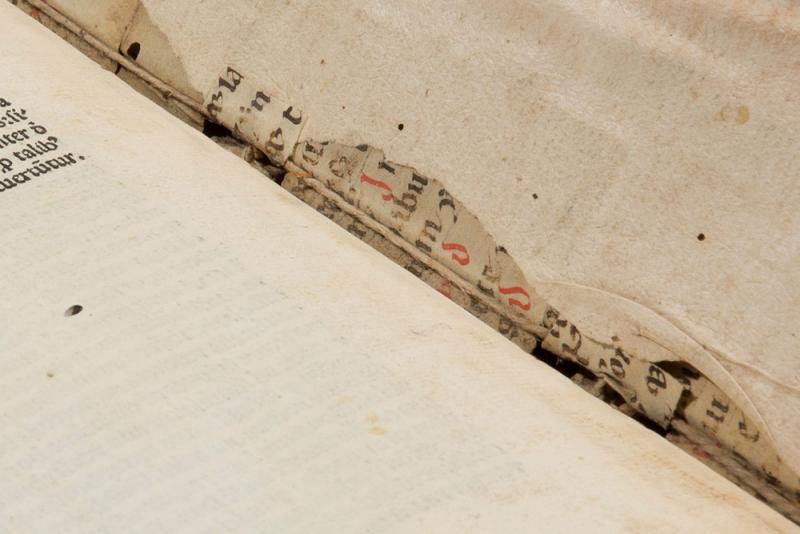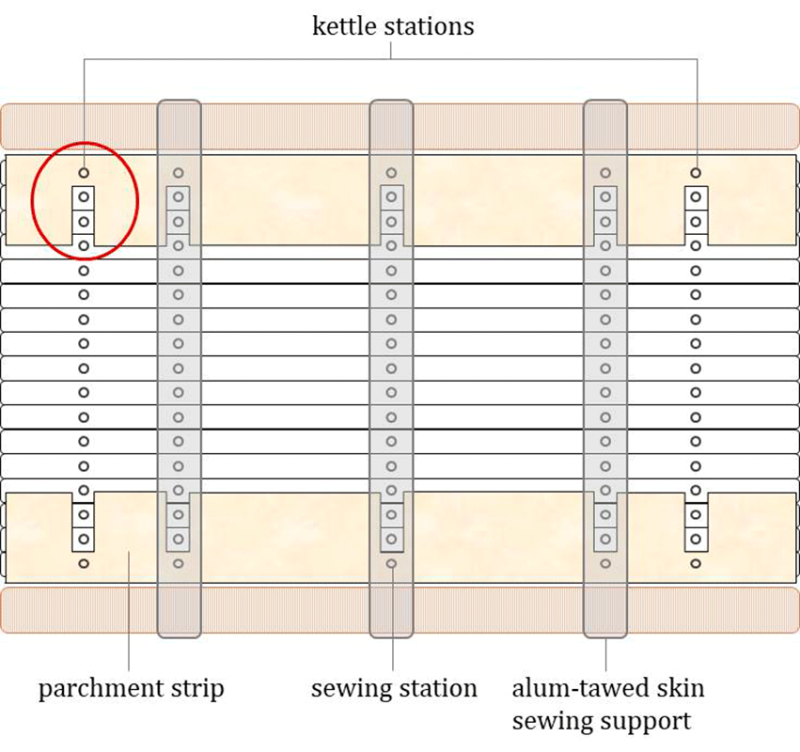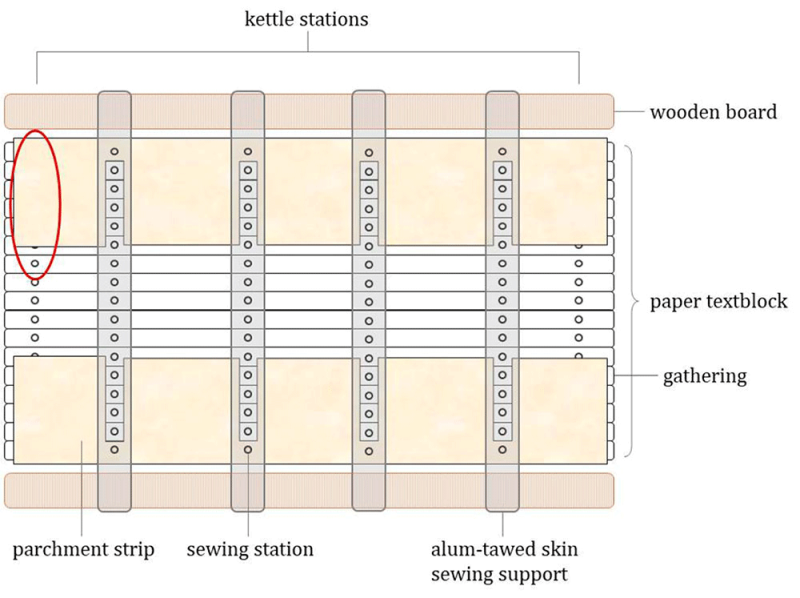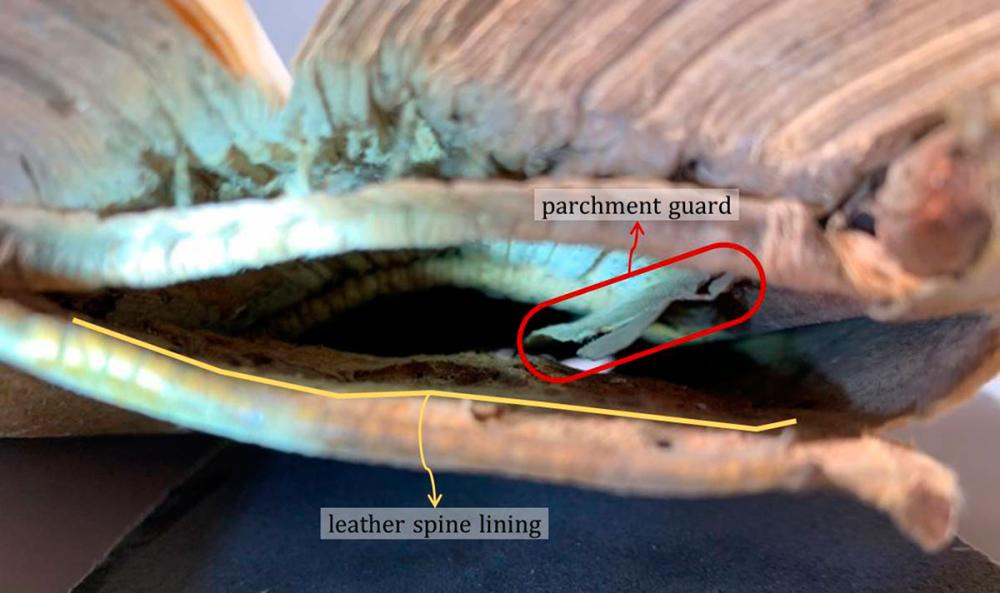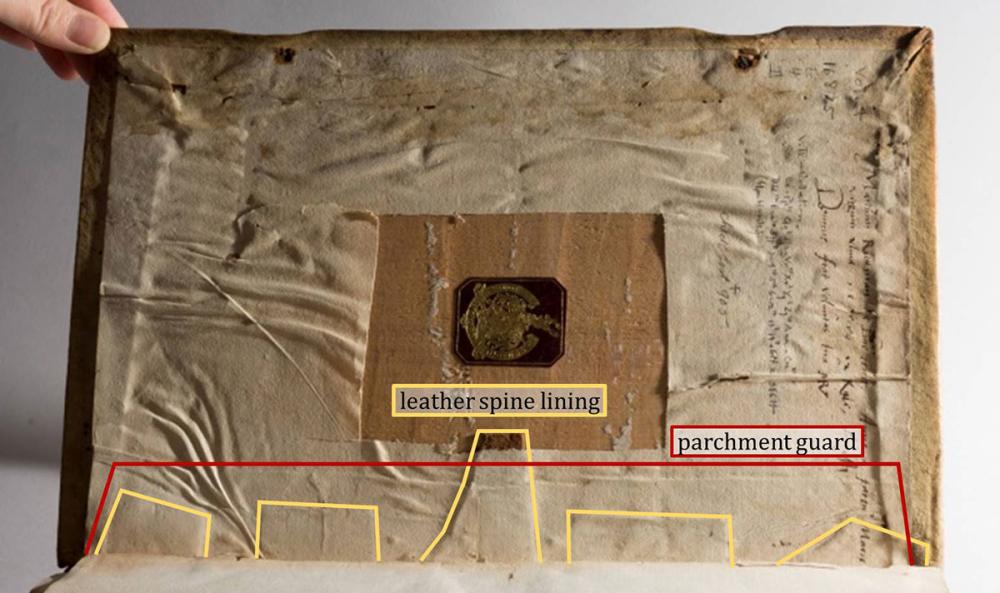The Curious Case of the Two German Incunabula from the Drachenrolle Bindery in Ulm
In Part I, I discussed how bookbinders in the fifteenth century did not have full confidence in the strength of paper for text blocks in books, and how parchment lingered in bookbinding practice to reinforce the paper gatherings. Reinforcing parchment bifolios were added to text blocks and parchment strips were inserted inside and outside of the gatherings. Towards the end of the trend of using parchment guards around the late fifteenth century, the practice was reduced to simply adding one guard each to the first and last gathering. Such instances are well-evidenced in the following two books from the Drachenrolle Bindery, but in a peculiar way.
I first found this eye-catching book, Summa theologica (Partes I-IV) (PML 129540), when I was researching the late fifteenth-century German incunables in the Morgan’s collection in preparation for the treatment of Summa theologica, the last example I described in Part I. The book was printed in France in 1490 with the binding attributed to the Drachenrolle bindery or the Eule Frei bindery in Ulm, Germany. The book stood out initially with the thick chain mounted on the head of the backboard (Figure 1). This type of chain was used at the end of medieval times, up to the seventeenth century, to lock the book to bookshelves and lecterns, preventing them from being stolen (Lévêque 2023). Considering the labor, time, and materials that went into producing a single volume, books were treasured objects in the Middle Ages and earlier. It is rare to see the chains still accompanying the book to this day, as they are often lost over the centuries.
Figure 1: Three-quarters of the front (L) and back (R) of PML 129540. Note the historic chain mounted on the head of the backboard.
As I was examining the book, I found an even more unique bookbinding feature between the leaves. After the first and before the last gatherings, small tabs of parchment were found, poking out from the gutter where the sewing holes are located (Figures 2–3). Finding a narrow, full-length strip between gatherings is not unusual because adding guards was a common practice, as we have seen. However, the small, cut tabs in this book were something unfamiliar, and it was unclear where those tabs were coming from. The book’s binding is contemporary to the text block with no previous repair work, which means that the tabs are certainly part of the original binding process.
Figure 3: Details of the parchment tabs observed between the first and second gatherings (L) and the last and second-to-last gatherings (R) (PML 129540).
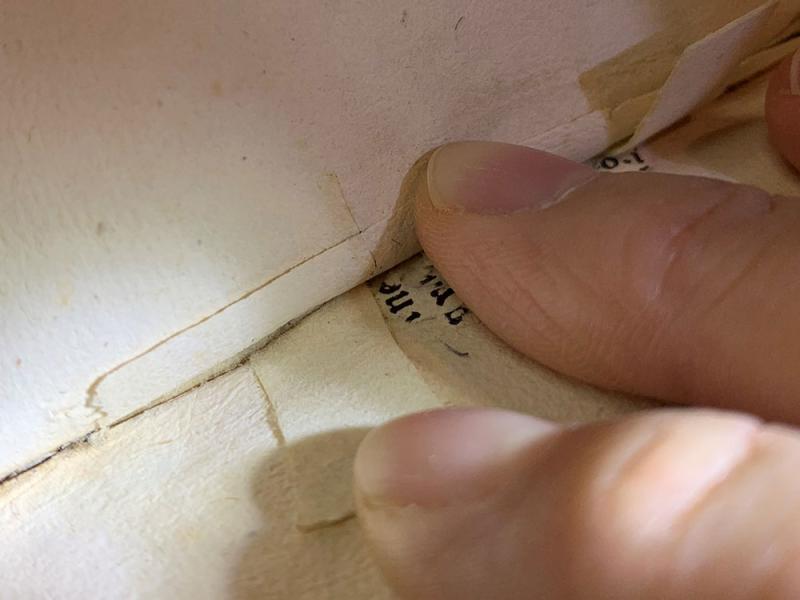
Figure 4: Looking closely into the gutter, focusing on the tiny gaps between different layers (PML 129540).
To figure out the function of the small parchment tabs between the gatherings, I first had to know whether the tabs were attached to the board covers or the text block spine. Having an intact binding is not very helpful when observing the book’s structure, so all I could do was look more deeply into the gutter, inside the tiny gap between the leaves (Figure 4). At first, I thought the tabs were coming from the spine direction because of the tight sewing and confusing folds (Figure 5). In this case it would mean that the bookbinder had added reinforcement strips to the gatherings between the first and last gatherings. This was a misunderstanding. After looking at every tab front and back multiple times, it became clear that the tabs are extended from a strip that is attached to the interior of the wooden board, under the pastedown sheet (Figures 6–7). This indicates that the tabs are slit and only wrapping around the sewing holes of the first and last gatherings, reinforcing the sewing holes of the paper folios.
It is a mystery why the bookbinder made this extra step by making slits on the guards instead of having a full strip of parchment wrapping around the gathering. It is more work and finicky to sew with this kind of sewing guard. One theory I have is that the binder might have intended to make a double function out of this one parchment strip, a parchment guard and a spine lining.1 But this is uncertain since the parchment extension does not appear to cover the entire spine and the following example has a separate leather spine lining.
With some help from the Printed Books & Bindings curator, John McQuillen, I found another book (PML 16875) with the same parchment tab structure (Figure 8). This incunable, [Biblia latina] v. 4, was printed in Venice circa 1481 and was also bound by the Drachenrolle bindery.
It has the same structure of the parchment guard as in the previous example, as small tabs were observed after the first and before the last gatherings (Figure 9). The only difference is that Summa theologica has tabs wrapping around all sewing stations including the kettle stations, whereas [Biblia latina] has tabs only wrapping around the sewing stations in between the kettle stations (compare the diagrams in Figures 10–11).2
Figure 9: Details of the parchment tabs of [Biblia latina] (PML 16875) observed between the first and second gatherings (L) and the backboard and the last gathering (R). The tabs at the back are exposed due to a missing page(s).
[Biblia latina] gives a slightly better view into the spine layers from the head and tail ends, since the spine covering is detached from the text block (Figure 12). Here, I could observe how much the parchment extends to the spine, which is shorter than the full or even half width of the spine. This book also has a separate leather spine lining, as is observed through the cutout of the pastedown sheets and the spine gap (Figure 13). These observations may suggest that the parchment strip that extends to the spine was not intended to work as a spine lining to control the spine movement.
The Morgan owns another incunable bound by the Drachenrolle bindery (PML 20048), but this volume lacks parchment guards. The two examples shown are unique variations of the parchment guard structure. It would be interesting to discover whether this type of guard was exclusive to the Drachenrolle bindery or if it was more widely shared among the binderies in the Ulm region, which can be an identifier for a certain binder or a regional characteristic. This peculiar sewing guard style is a small detail that can be easily dismissed, but it signifies a major moment in bookbinding history, showing the impact of a shift in material use from parchment to paper. This is why conservators try to make as few changes and interventions as possible when treating objects so that we do not accidentally remove any significant part of the object’s history. Close examination is critical and highly encouraged as it allows us to uncover new insights about an object and its history, which should be taken into account when making decisions about treatment or alterations. Preserving the original structure is not always feasible, as shown in the case of [Con]cordia euangelista[rum] (PML 20867) from Part I, but it is important to document these details for future reference and study of the object.
Yungjin Shin
Pine Tree Foundation Fellow in Book Conservation
Thaw Conservation Center
The Morgan Library & Museum
Endnotes
- Spine lining is a piece or pieces of sheet material placed on the spine, either adhered or held in place without adhesive. It is to reinforce the spine and hold it in shape.
- Kettle stations are also called change-over stations, meaning the stations at which the sewing thread passes from one gathering to another as the book is sewn. They are at each end of the sewing stations.
Bibliography
- Szirmai, J. A. “Chapter 9 Gothic bindings.” In The Archaeology of Medieval Bookbinding, 173-284. Burlington, VT: Ashgate Publishing Company, 1999.
- Lévêque, Élodie. “7.1.5. Early Gothic Bindings.” In Conservation of Books, 180-182. New York, NY: Taylor & Francis, 2023.
- Bookbinding and the Conservation of books: A Dictionary of Descriptive Terminology. “Chained books.” Accessed September 7, 2023.

